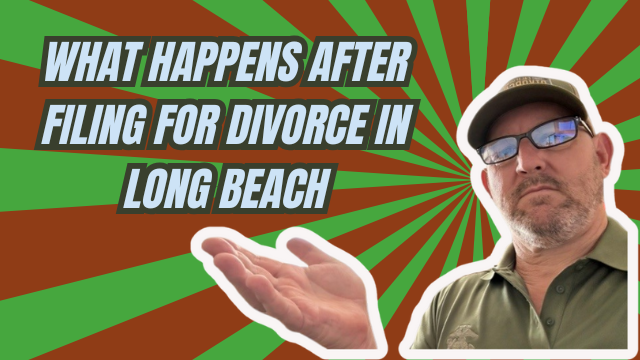How to Handle Child Support and Custody in Long Beach | Long Beach Divorce
Navigating child custody and child support can feel overwhelming, but having a clear understanding of the basics makes it much easier. Whether you are just starting the process or trying to finalize an agreement, knowing the difference between custody types, how California calculates support, and how to reach an agreement without court drama will help you keep the focus where it belongs: on your child.
Understanding Custody: Physical vs Legal
Custody in California is commonly divided into two key categories:
- Physical custody determines where your child lives. It answers the practical question: who does the child live with day to day?
- Legal custody covers decision making about the child’s health, education, and welfare. This means who makes choices about medical care, school, and other important matters.
Both physical and legal custody can be shared between parents or assigned to one parent. The right arrangement depends on the child’s needs and the family’s circumstances.
Joint Custody vs Primary Custody
There are two common custody approaches:
- Joint custody allows both parents to share responsibilities. Parents collaborate on decision making and parenting time, which often fosters a balanced environment for the child.
- Primary custody designates one parent as the main caregiver. The other parent may have visitation or scheduled parenting time, but the primary parent is the child’s main day-to-day caregiver.
The best setup depends on what serves the child’s physical, emotional, and developmental needs.
How California Calculates Child Support
California uses a statewide formula for child support to promote fairness and consistency. The formula considers multiple factors to determine an amount that covers the child’s needs while reflecting each parent’s financial situation.
Key factors the formula examines include:
- Each parent’s income — wages, self-employment income, and other sources are considered.
- Parenting time — the amount of time each parent spends with the child affects the calculation.
- Child care costs — expenses for work-related child care are taken into account.
Understanding these elements helps parents agree on a fair number and reduces the chance of disputes. Accurate information about income and parenting time is essential for a reliable calculation.
Why Reaching an Agreement Outside Court Helps
Agreeing on custody and support in advance can spare families time, expense, and stress. When parents collaborate, they often create solutions that better reflect their child’s needs and daily life than a one-size-fits-all court order.
Benefits of an out-of-court agreement include:
- Faster resolution and less expense
- More control over parenting schedules and financial arrangements
- Reduced conflict and a focus on the child’s best interests
- The ability to craft flexible plans that fit your family’s routine
Client Story: A Long Beach Couple Who Did It Right
A Long Beach couple I worked with had already agreed on custody and support in principle. They took three practical steps that made the process smooth and court-free:
- They agreed on a parenting schedule that worked for their child’s routine.
- They exchanged accurate income information so support could be calculated correctly.
- They used court-approved software to calculate payments and draft a parenting plan that met legal standards.
With professional guidance, their paperwork was submitted and approved without a single court appearance. This approach not only saved time, but also focused on their child’s best interests and preserved cooperation between the parents.
“By considering all elements, you can provide stable support for your child, avoiding potential disputes, and ensuring their well-being.”
How Divorce661 Helps Simplify Custody and Support
Divorce661 offers tools and services to make custody and child support straightforward and legally sound. Here is what we provide:
- Court-approved software for accurate child support calculations
- Professionally drafted, court-ready parenting plans
- Flat-fee pricing with no hidden costs
- 100 percent remote service so you can avoid court visits
- Fast, affordable, and reliable support from professionals experienced in California family law procedures
If you already have a parenting agreement in mind, exchanging income information and using court-approved calculation tools can get your parenting plan filed and approved efficiently. For many couples, this means resolving custody and support without court hearings.
Next Steps
If you are ready to move forward, a free consultation can help you understand your options and start the paperwork. Visit https://www.divorce661.com to schedule a free consultation and learn how to create a fair, clear agreement focused on your child’s well-being.
Finalizing custody and child support does not have to be adversarial. With the right information and tools, you can build a plan that is accurate, fair, and centered on what matters most — your child.










